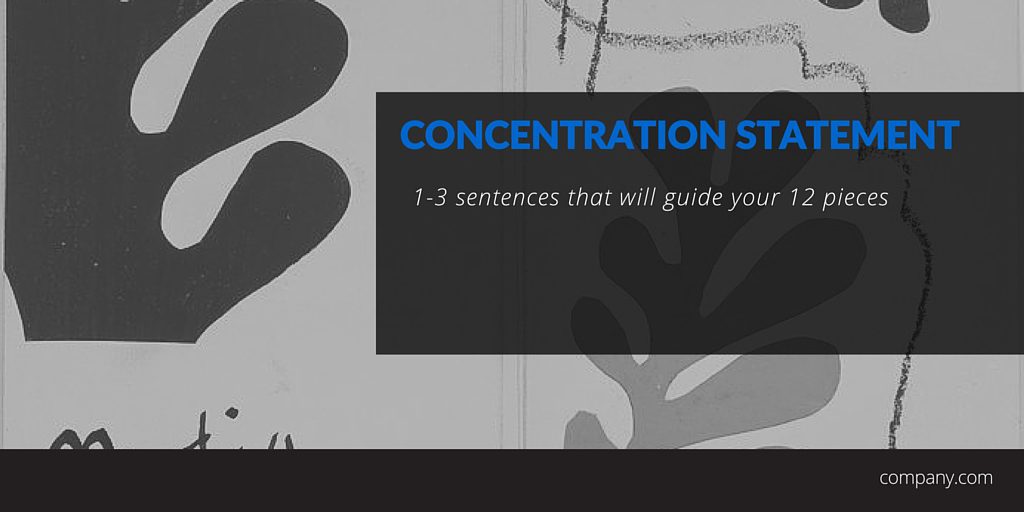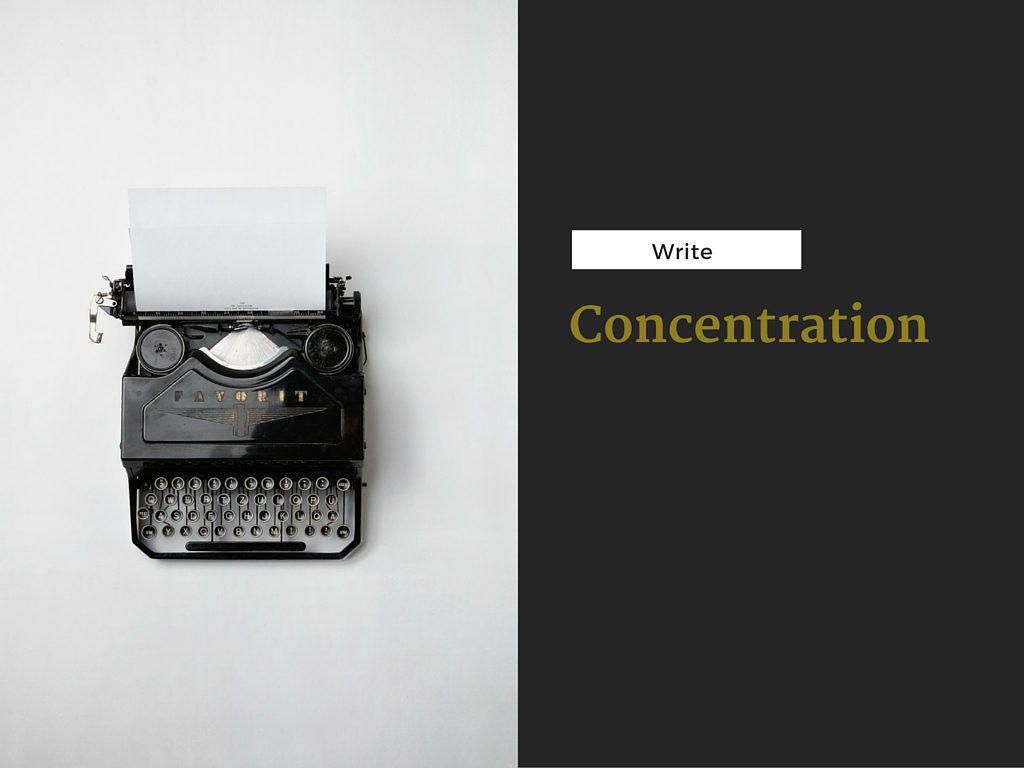Helping students develop a concentration
If you teach AP art, you know that you need to help your students develop a concentration statement, for some students this comes easily while others struggle. The concept of a concentration statement also doesn’t need to be limited to AP classes. It can be a great tool for helping your students to develop a small body of work or even a concept that the spend time working through in their sketchbook. Concentration statements help students to understand and think like an artist does when they’re preparing for a show.
Below you’ll find one of the exercises that I do with my students, along with a recording of one of our class calls where we brainstorm ideas.
Here is the call recording where we worked on developing concentration statements
2-D Design: Concentration (Sustained Investigation)
Students explore a personal, central interest as intensively as possible; they are free to work with any idea in any medium that addresses 2-D design issues. The concentration is based on the student’s idea and demonstrates growth and discovery through a number of conceptually related works.
SAMPLE STATEMENTS
What is the central idea of your concentration?
The central idea of my concentration is a comic story set in space. I wanted to create a science fiction story because of the endless possibilities and imagination. My stories are a blend of important messages and a serious situation with a tinge of humor. Set in outer space, Captain Zodiak, the main character, is in pursuit of two alien villains who are on the run from the law. While Zodiak appears to be a hard-core hero, he is willing to sacrifice himself to save others, friend or foe.
- A mother’s illness investigated in a variety of graphic forms, including the use of
Actual X-rays combined into other imagery as well as prints and pages of a visual
Journal.
- A series of interiors simplified to contour lines that served as the basis for a
Process of investigation of other elements, most predominately color and space
(The assertion and negation of space).
- A series of works done with encaustic, printmaking, and a variety of other media,
Concerned with different approaches to the picture plane as discussed in the text
Drawing: A Contemporary Approach, fifth edition (Claudia Betti and Teele Sale;
Wadsworth, 2004).
- A series of works done in 2-D and low relief as a response to slide discussion on
The work of Jim Dine. The student investigated a tool (hammer) in a body of work
Done in a variety of media, with a variety of techniques as well as processes.
Investigation combined interest in imagery developed from direct observation as
Well as engaged in issues of formal design.
- An illustrated story, “A Boy and a Frog.”
- A photographic and illustrative investigation into the subject “My Little Brother.”
The student produced a number of photographs that were strong in composition
As well as technical (processing) ability. He furthered his investigation into the
Specific subject by producing a series of illustrations showing his brother engaged
In various pursuits.
- A series of works done in graphite, colored pencil, and Adobe Photoshop
Illustrating aspects of the subject “Roller Coaster.” The investigation increasingly
Moved away from illustrative renderings to bold, graphic symbols.
- A series of works based on the subject “Skateboards.” The student began painting
Random pictures of (cartoonish) characters on broken/discarded skateboards—two
Were brought in as summer assignment work. I encouraged the student to pursue
The idea but to paint images that was more relevant to the idea of “skateboard”
Or his experiences as a skateboarder.
- A series of works from a student’s visual journal. Sophisticated in terms of
Development, the book included text, personal photographs, collage items—ticket
Stubs, product labels, fortunes (fortune cookies), netting, bubble wrap. Student
Enhanced the compositions with intimate illustrations, many figurative and/or
Based on human anatomy.
- A series of black-and-white photos that showed strong evidence of investigation
Into a number of design elements and principles. Examples included works showing
Repeating shapes/patterns, geometric division of space, and balance.
- A series of photos related by subject, such as portraits, self-portraits, landscapes,
Architectural details, a family history.
- A series of mixed-media pieces based on childhood memories using collaged and
Layered imagery that incorporated text.
- A series of illustrations based on the seven deadly sins.
- A series of work based on the life of the graffiti artist.
- A digital self-portrait series that incorporated digital photos with text.
- A digital series that juxtaposed incongruent imagery—based on surrealism and the
Work of photographer Jerry Ulseman.
- A series of invitations, program covers, and poster designs created with Adobe
Photoshop.
Don’t feel like the first thing that you write has to be a perfect concentration statement. Just start writing. I like to call it a brain dump.
- Write anything that comes to mind onto a piece of paper
- circle or underline words and thoughts that you think are interesting
- Take the words/ ideas and write them out into to complete thoughts. Think about what you want to learn and explore through your concentration.
- Once you have at least three statements, share your statements in the google plus group.
- Take time to read and respond to your classmates statements. Ask questions, what confuses you, what don’t you understand. What images pop into your mind when you read your classmates statements.

